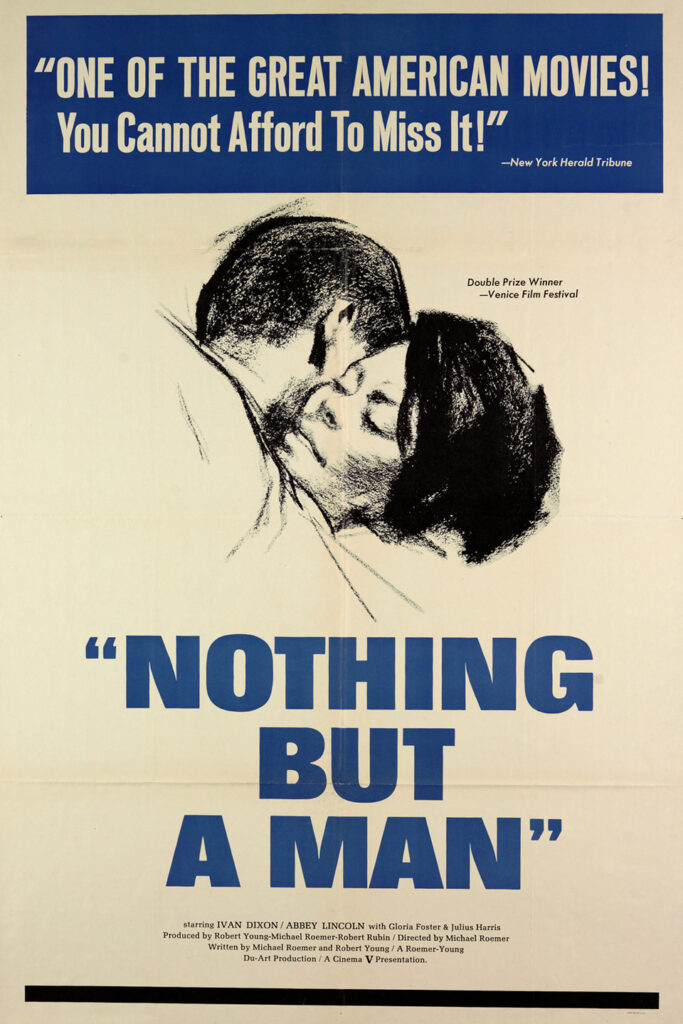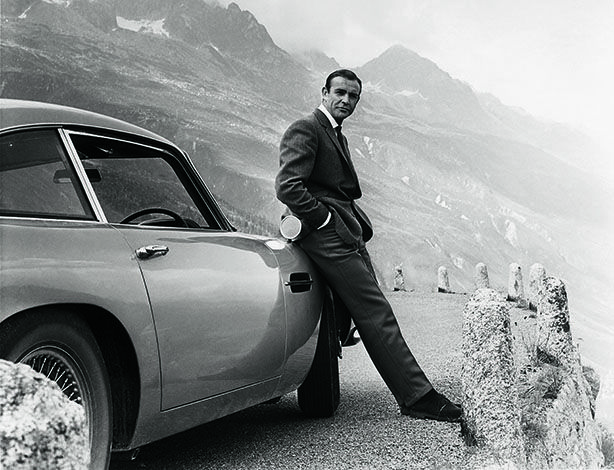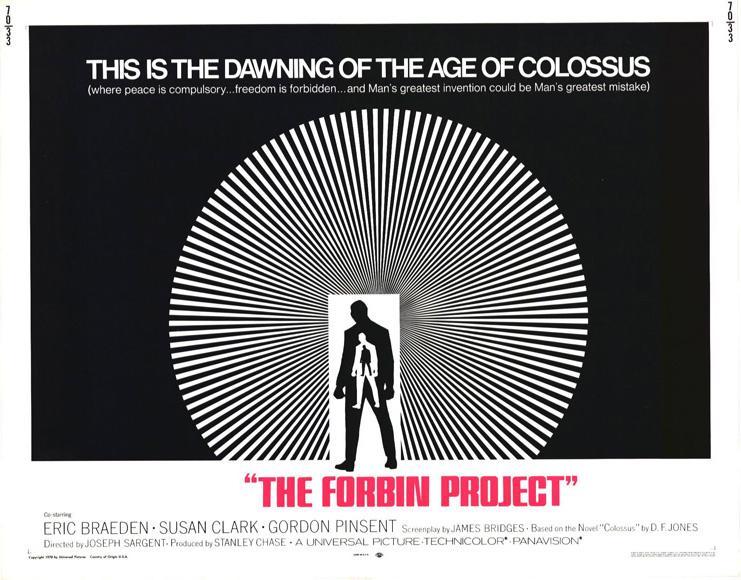Ten Great Films from 1964
The year 1964 was a pivotal time in global cinema. While many mainstream movies from that year have been extensively celebrated, there are several films that might not have made it to the everyday movie-goer’s list but remain invaluable contributions to the world of cinema. Let’s delve into these lesser-acknowledged yet impactful films of 1964:

“Woman in the Dunes” (Suna no onna) – Hiroshi Teshigahara
This Japanese New Wave film, adapted from the novel by Kōbō Abe, is a hauntingly poetic existential tale. The story revolves around an entomologist who is trapped in a large sand pit with a mysterious woman, where they’re forced into a Sisyphean task of shoveling sand. As days blend into one another, the film’s hypnotic visuals and meditative pacing delve deep into themes of life, isolation, and human purpose.

“The Umbrellas of Cherbourg” (Les Parapluies de Cherbourg) – Jacques Demy
While this French musical might be slightly more mainstream than other entries on this list, its timeless charm and poignant narrative cannot be understated. Catherine Deneuve shines in a tale of young love and heartbreak, with every dialogue sung. Michel Legrand’s score remains enchanting, and the vibrant, pastel-hued visuals make this film an unforgettable experience.

“Onibaba” – Kaneto Shindō
Set during the 14th century civil war in Japan, “Onibaba” is a chilling folktale about two women who kill samurai and sell their belongings for a living. The film’s stark black-and-white cinematography, combined with its atmospheric score, creates an eerie, almost supernatural ambiance. Themes of lust, jealousy, and survival make “Onibaba” an intense character study set against the backdrop of war.

“I Am Cuba” (Soy Cuba) – Mikhail Kalatozov
A Soviet-Cuban collaboration, this film is a visually arresting piece of propaganda cinema that has been revered for its long takes and innovative camera techniques. It offers vignettes of life in pre-revolutionary Cuba, juxtaposing scenes of American decadence with the struggles of the Cuban people.

“Nothing But a Man” – Michael Roemer
A significant film for its time, “Nothing But a Man” is a thought-provoking narrative centered on African-American life in the southern United States, touching on themes of racial prejudice and societal expectations. The strong performances, especially by Ivan Dixon and Abbey Lincoln, make it a standout.

“Gertrud” – Carl Theodor Dreyer
Dreyer’s last film is a slow-moving, contemplative work about a woman seeking idealistic love. Although it was met with criticism during its initial release, over time, “Gertrud” has been appreciated for its minimalist style, prolonged takes, and intricate character study.

“The Gospel According to St. Matthew” (Il Vangelo secondo Matteo) – Pier Paolo Pasolini
Pasolini’s portrayal of the life of Jesus, entirely based on the book of Matthew, is both raw and poetic. Eschewing the grandeur often associated with religious epics, this film stands out with its neorealist approach and non-professional cast.

“The Silence” (Tystnaden) – Ingmar Bergman
While Bergman had numerous masterpieces, “The Silence” is one of his most controversial and intellectually challenging films. The story revolves around two sisters with contrasting personalities, journeying through an unknown European country on the brink of war. Their emotional estrangement and personal crises make this a compelling watch.

“The Red Desert” (Il deserto rosso) – Michelangelo Antonioni
Antonioni’s first film in color, “The Red Desert,” tells the story of a woman navigating her emotional breakdown in an industrial landscape. The film’s visual design, dominated by eerie, vast industrial sceneries, is both unsettling and visually stunning.

“Shadows of Forgotten Ancestors” (Tini zabutykh predkiv) – Sergei Parajanov
A visually striking Ukrainian film that delves into the life and traditions of the Hutsul people, it’s a love story steeped in regional folklore and mysticism. Parajanov’s unconventional storytelling and dynamic camera work have made this film a cult classic.
The cinematic landscape of 1964 was diverse, reflecting a world in flux. These films, though perhaps not as mainstream as some of their contemporaries, have proven their longevity and continue to be treasured by cinephiles worldwide.




